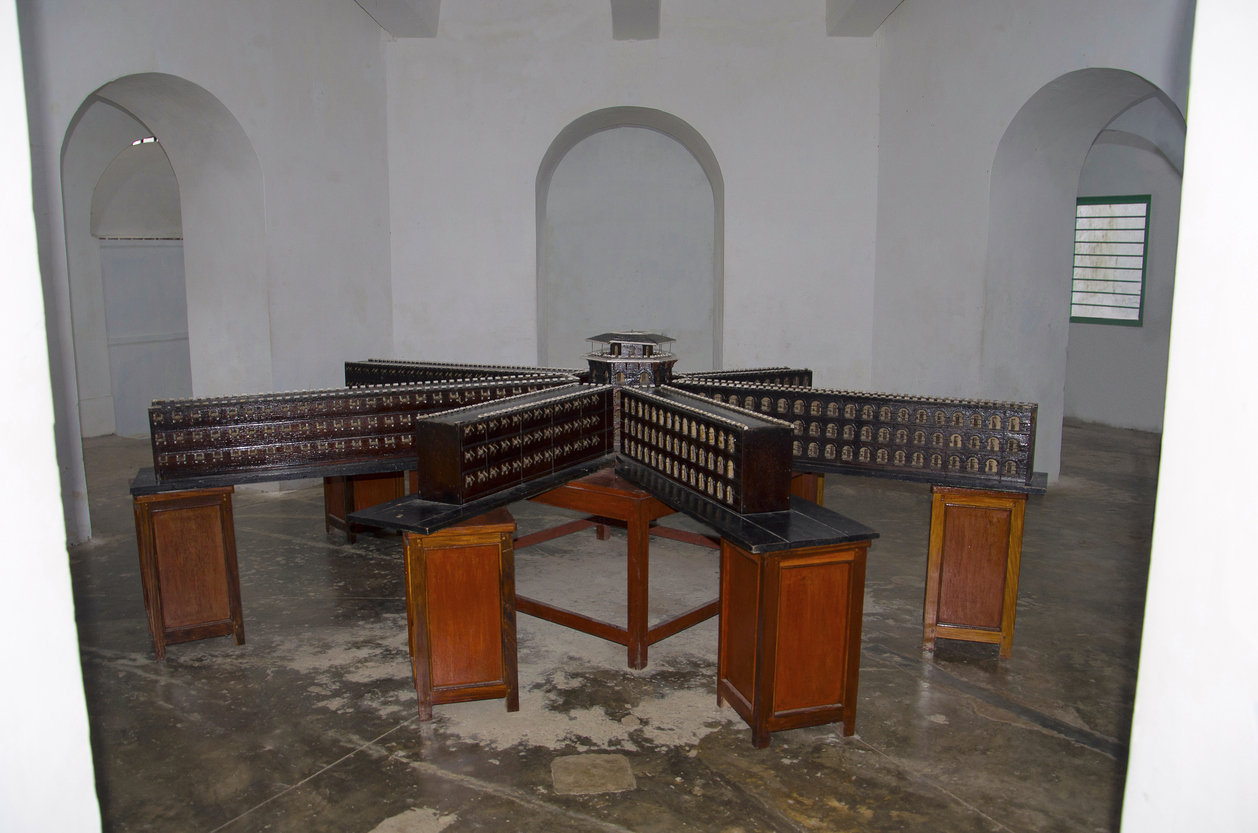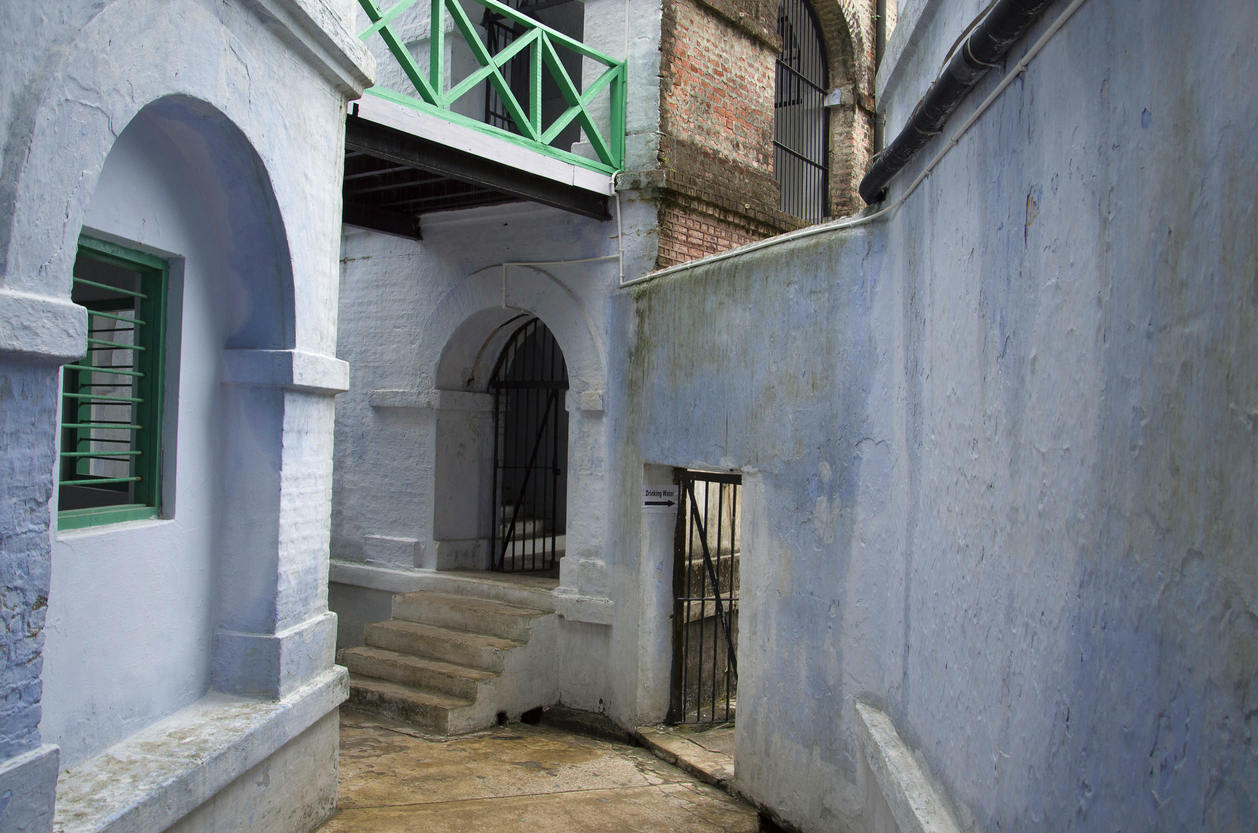- Saturday, July 27, 2024
The jail’s layout was inspired by the ‘Separate System’ theory, aimed at isolating prisoners in solitary confinement.

By: Vibhuti Pathak
The people who have watched the Bollywood film Swatantra Veer Savarkar must have seen the Kala Pani punishment given to all the prisoners. The prisoners are held captive at Cellular Jail in the Andaman and Nicobar Islands located in the South-east sea of India.
This Cellular jail not only has a dreadful history but is the British’s impeccable engineering excellence.

What makes this prison special is the construction!
The Cellular Jail boasts a unique radial design. There were a total of seven wings (now three remain) sprawling outwards from the central watch tower, resembling the spokes of a wheel. This layout was inspired by the ‘Separate System’ theory, aimed at isolating prisoners in solitary confinement. Each cell, measuring 13.5 feet by 7 feet, was equipped with a heavy iron door and a narrow verandah.
The construction of the jail started in 1896 and was completed in 1906. The original building was constructed using puce-coloured bricks brought from Burma (now Myanmar). There were a total of 696 cells and no dormitories; hence, the name Cellular Jail was coined.

The locks of the jail were so preciously made that inmates would never be able to reach the latch of the lock.
This layout was inspired by the ‘Separate System’ theory, aimed at isolating prisoners in solitary confinement. Each cell, measuring 13.5 feet by 7 feet was equipped with a heavy iron door and a narrow verandah.
The construction of the jail started in 1896 and was completed in 1906. The original building was constructed using puce-coloured bricks brought from Burma (now Myanmar). There were a total of 696 cells and no dormitories; hence, the name Cellular Jail was coined.

The locks of the jail were so preciously made that inmates would never be able to reach the latch of the lock.
The architectural influences extend further to the ‘Panopticon’ concept. This design allowed a single guard stationed in the central tower to keep a watchful eye on all the prisoners simultaneously, fostering a sense of constant surveillance and psychological pressure.
Bentham’s Panopticon prison design is a concept of circular cells facing a central tower. Prisoners never know if they’re watched, breeding self-discipline. This concept of constant surveillance extends beyond prisons, shaping behavior in our modern world.
The punishment in the Cellular Jail was popularly known as ‘Kala Pani’ (black waters) due to its remote location. There were many incarcerations of freedom fighters. Many prominent figures in India’s independence movement, including Savarkar and Yogendra Shukla, endured harsh conditions and brutal punishments like bathing in the saline water of the sea, and wearing clothes made from jute in the hot Mediterranean weather of the islands.

Today, only three wings of Cellular Jail stand, a poignant reminder of the sacrifices made in the fight for independence. Designated a National Memorial in 1979, the jail now serves as a museum, showcasing exhibits that transport visitors back to a dark period in Indian history.
A visit to Cellular Jail offers a unique opportunity to connect with India’s past. There is a light and sound show that talks about the Indian independence war prisoners.
Mrunal Thakur on Dhamaka, experience of working with Kartik Aaryan,…
Nushrratt Bharuccha on Chhorii, pressure of comparison with Lapachhapi, upcoming…
Abhimanyu Dassani on Meenakshi Sundareshwar, how his mom Bhagyashree reacted…